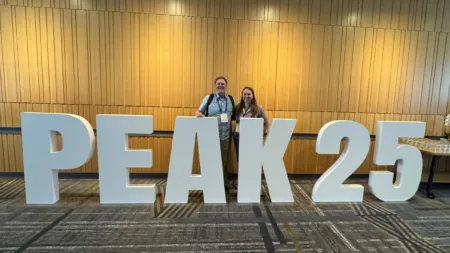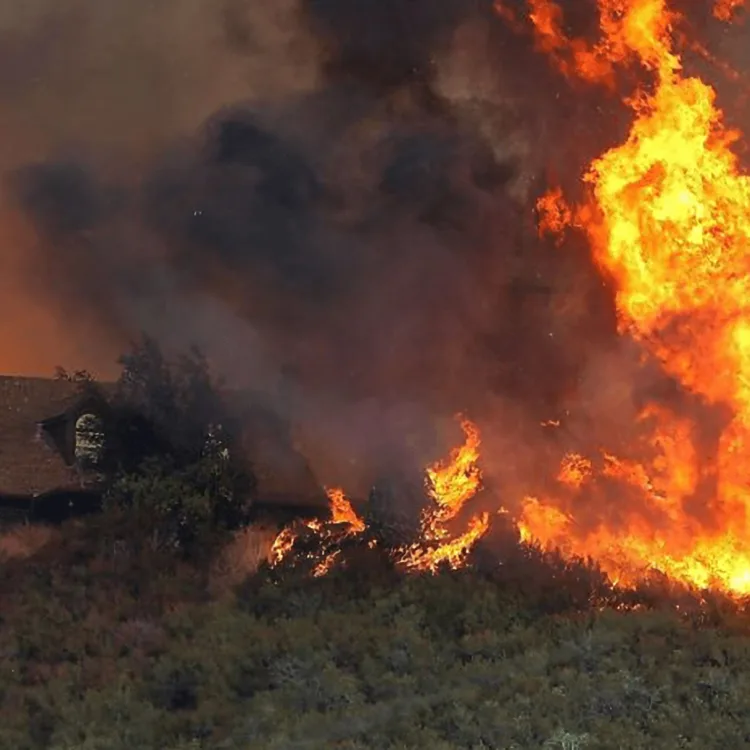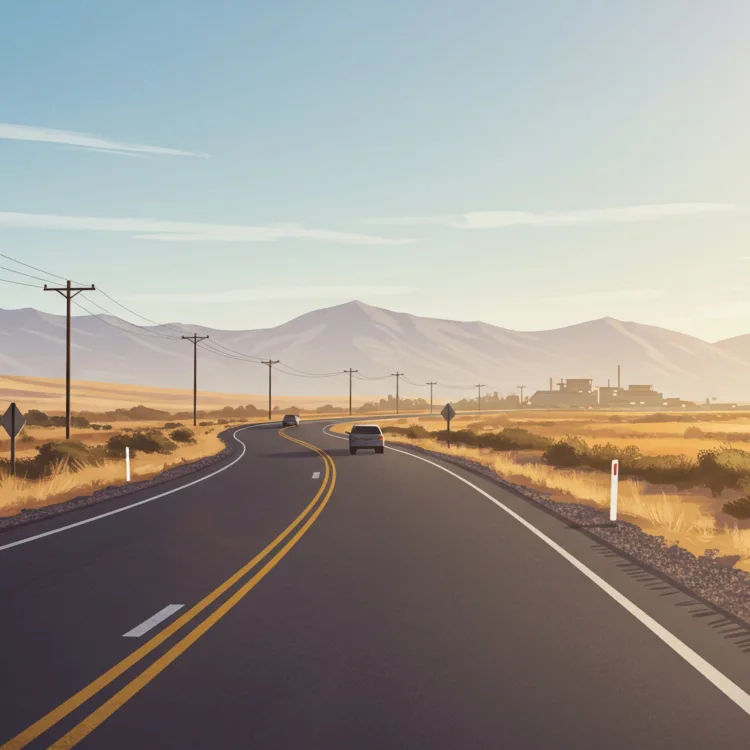

Building wildfire-resistant homes after disasters will save billions
Upfront investments in rebuilding to wildfire-resistant standards can save billions in future avoided economic losses.

Latest research
The path to wildfire-resistant building codes in Colorado offers lessons for other states
Colorado’s code design considered stakeholder input, including interviews and a survey conducted by Headwaters Economics and the University of Colorado Denver.
National public lands are vital to local economies
The growing connection between livelihoods and public lands calls for more investments in public access, preserving ecosystems, and minimizing privatization.
Housing on public lands will be limited by wildfire risk and development challenges
Federal public lands may offer opportunities to improve housing affordability in a limited number of states, but will face significant barriers from wildfire risk, water availability, and conflicts with existing resource or recreation uses.
Wildfires destroy thousands of structures each year
Explore the number of structures destroyed in each state by wildfire. Structures lost—rather than acres burned—provides a more complete measure of the broad impacts of wildfire.
Extreme heat is not just an urban threat: The risk to rural communities
Extreme heat poses health risks to millions of rural Americans. Solutions need to be tailored to meet the unique characteristics of rural places.
America’s urban wildfire crisis: More than 1,100 communities at risk
More than 1,100 communities in 32 states face similar risks to Los Angeles and other places with recent urban wildfires, highlighting the urgent need for wildfire-resistant homes and neighborhoods.
Crossover landscaping can enhance wildfire resistance and save water
Crossover landscaping that does double-duty for drought and wildfire resistance is becoming more appealing for communities looking to reduce risk in residential areas.
Montana Community Foundation leverages data to reach more rural and Tribal communities
Using resources such as the Rural Capacity Index, the Montana Community Foundation was able to direct more grant dollars to rural, disadvantaged communities.
Three trends showcase the strength of the outdoor recreation economy
Ten years of data show the outdoor recreation economy has grown in nearly all states and is helping drive economic diversification and workforce development.
Community Wildfire Defense Grants benefit rural and low-capacity communities
A Forest Service program is helping communities across the nation reduce wildfire risk—including those that don’t normally have the resources to successfully compete for federal grants.
Reinvesting in rural America
Reversing the legacy of rural disinvestment—and deliberately designing solutions for rural America—is a down payment on our shared future.
FieldNotes:
A look into the inner-workings of Headwaters Economics.
The latest Resources Radio podcast features Megan Lawson discussing how outdoor recreation has become a vital driver of many local economies, but sometimes also presents challenges for housing affordability, infrastructure, wildfire risk, and more. Learn how communities can balance the amenity trap.
Frames at the Resilient Energy Economies Conference
Kris’ presentation at the Resilient Energy Economies conference last week focused on how federal mineral royalties flow from public lands to state and local governments. Deep discussions on managing energy revenues with attendees from tribes, local governments, and others were lightened up with a few frames at the bowling alley.
(more…)Are urban conflagrations wildfire? Ryan and Doug are back to discuss this issue in episode two of the Burning Questions podcast.

Attending the Regional Tribal Emergency Management Summit
Patty, Ryan and Brent are back from the Regional Tribal Emergency Management Summit held in Rapid City, SD. The event was twice as large as last year, with 14 tribes represented, emergency managers, and members of tribal councils gathered to work on solutions for flooding, wildfire, weatherizing homes, and more.

Flood mitigation in Glendive, MT
45 people turned out earlier this month in Glendive, MT (a FloodWise community) to get an update on flood mitigation progress. Local officials and the Army Corp of Engineers fielded lots of thoughtful questions for a project that most think is long overdue. The raised and extended levee will decrease flood risk for 200+ homes, and improve community well-being with a proposed 2.5 mile trail.

In Seattle at The Peak of Data and AI 2025 conference
Last week Tara and Scott presented at the Peak of Data and AI conference in Seattle. They covered how Headwaters uses data tools to build assets for communities like wildfirerisk.org, Neighborhoods-at-Risk, and the Rural Capacity Index. A great chance for feedback and to learn what trends are coming up!
Popular posts
The cost of retrofitting a home for wildfire resistance
Retrofitting a home for wildfire resistance can cost as little as $2,000, making this approach an effective risk reduction strategy for communities.
The Outdoor Recreation Economy by State
The outdoor recreation economy is large, growing faster than the overall economy, and consists of jobs in many industries. Explore data by state.
Economic Impact of National Parks
Millions of national park visitors generate economic opportunities for gateway communities, spending money that creates jobs and income. See the trends for every national park service unit.
Public land ownership in the United States
Public lands influence the economy, demographics, and fiscal policies of communities. Explore maps and county-level data for the 828 million acres of federal, state, and municipal land in the U.S.
Wildfires destroy thousands of structures each year
Explore the number of structures destroyed in each state by wildfire. Structures lost—rather than acres burned—provides a more complete measure of the broad impacts of wildfire.
115 million people are living with high wildfire risk
New climate data and methodology enhances Wildfire Risk to Communities, a free online tool for understanding wildfire risks across the United States.
A rural capacity map
A new map helps identify communities where investments in staffing and expertise are needed to support infrastructure and climate resilience projects.
Rising demand for FEMA’s BRIC program far exceeds available funding
An analysis of FEMA’s BRIC program for climate adaptation and disaster resilience funding shows rising demand, but unequal access.
The Amenity Trap: How high-amenity communities can avoid being loved to death
Amenity communities face unique challenges from waves of tourists and new residents. Proactive planning can help avoid being loved to death.
Congressional wildfire commission lays out a new approach for wildfire policy
A new report from the Wildland Fire Mitigation and Management Commission recommends transformative approaches needed to overcome the wildfire crisis.
Subscribe to our newsletter!
About Headwaters Economics
Headwaters Economics is an independent, nonprofit research group that works to improve community development and land management decisions.
Our Data Tools
Explore our free data tools
Headwaters Economics maintains free, easy-to-use tools to help you better understand socioeconomic data and trends. Find data from dozens of sources for thousands of places in the United States.


Community Planning Assistance for Wildfire
Community Planning Assistance for Wildfire (CPAW) works with communities to reduce wildfire risk through improved land use planning. The program is a program of Headwaters Economics, in partnership with the USDA Forest Service.

























